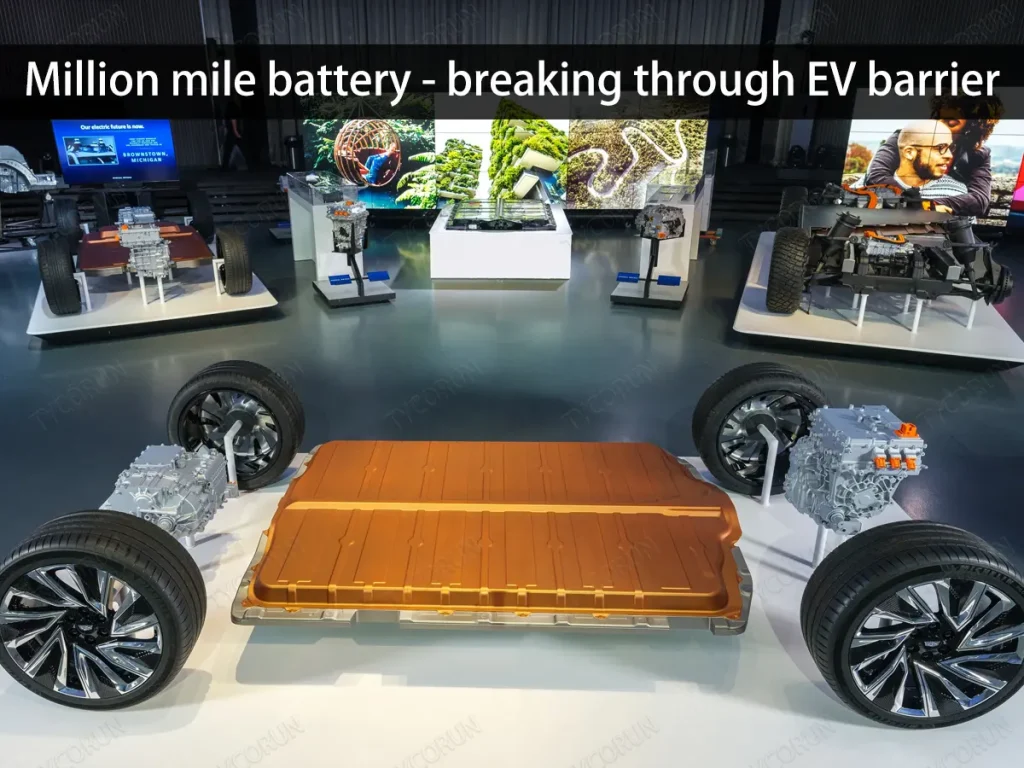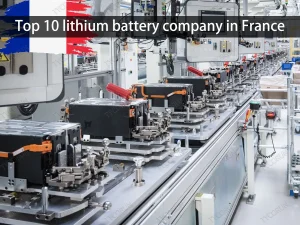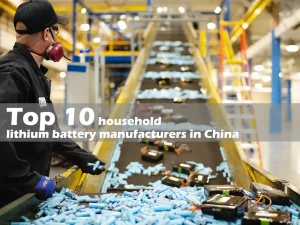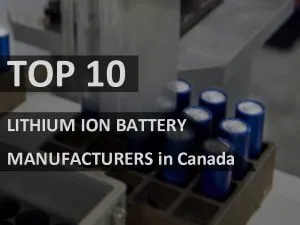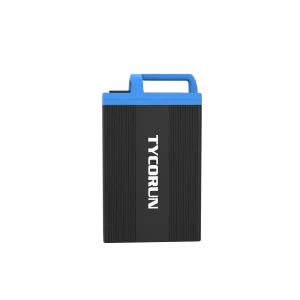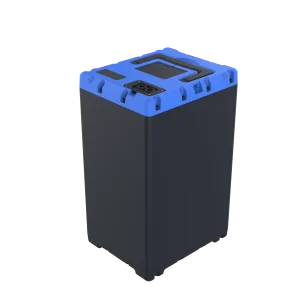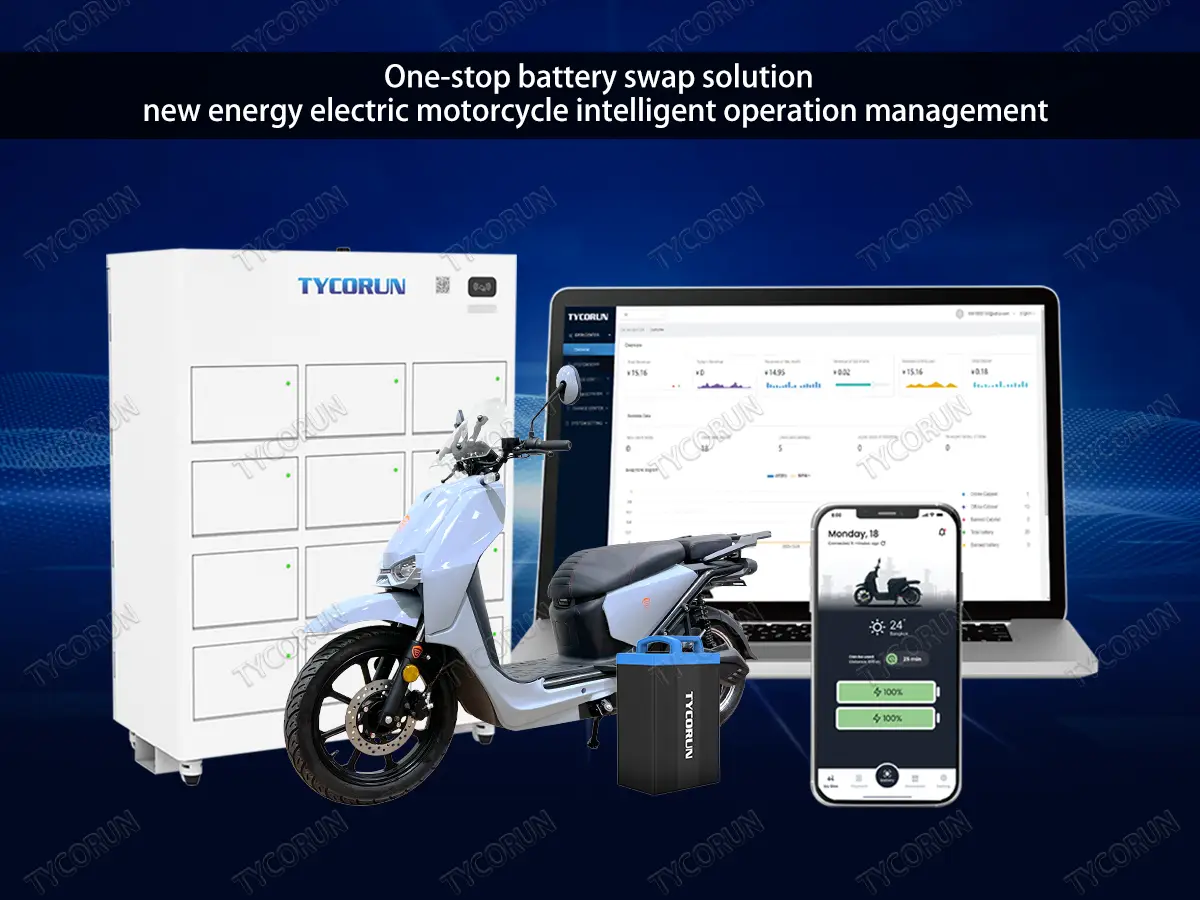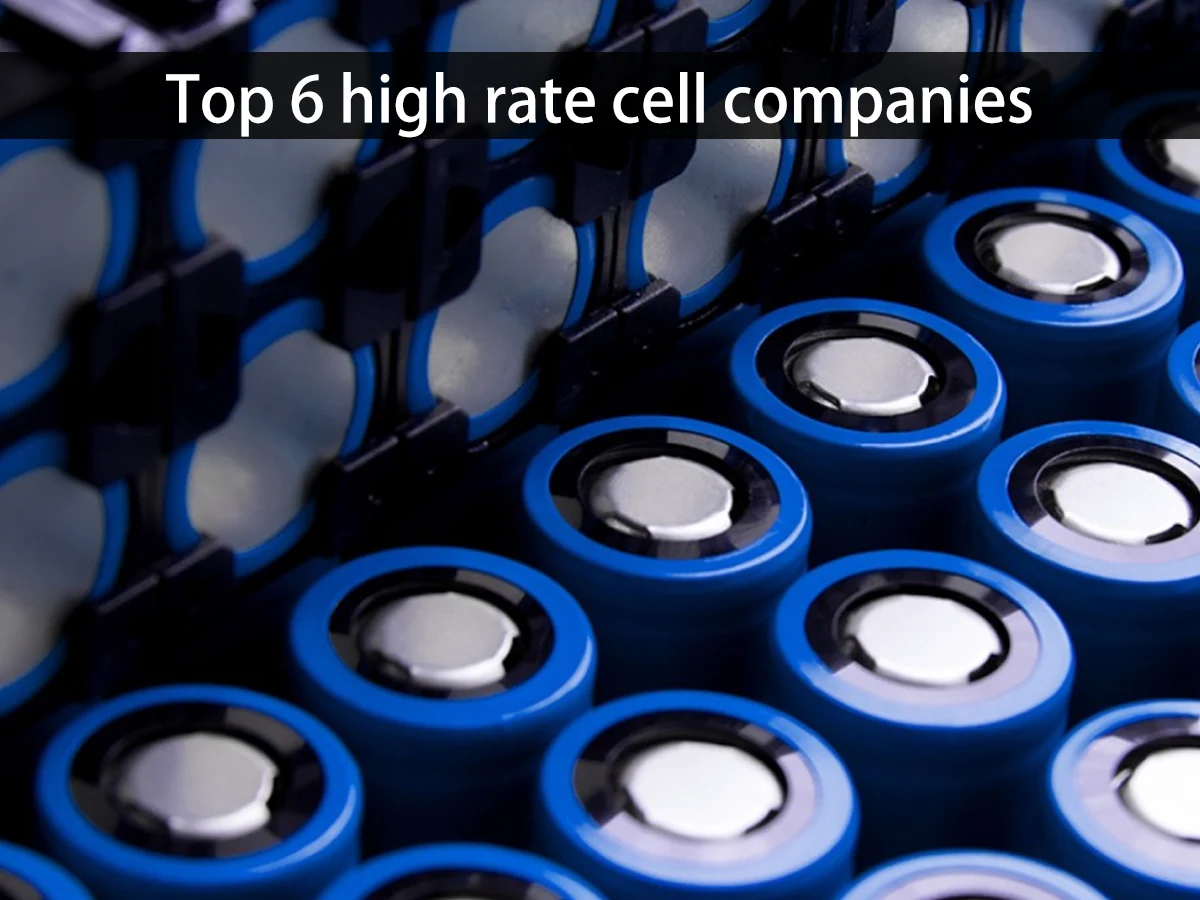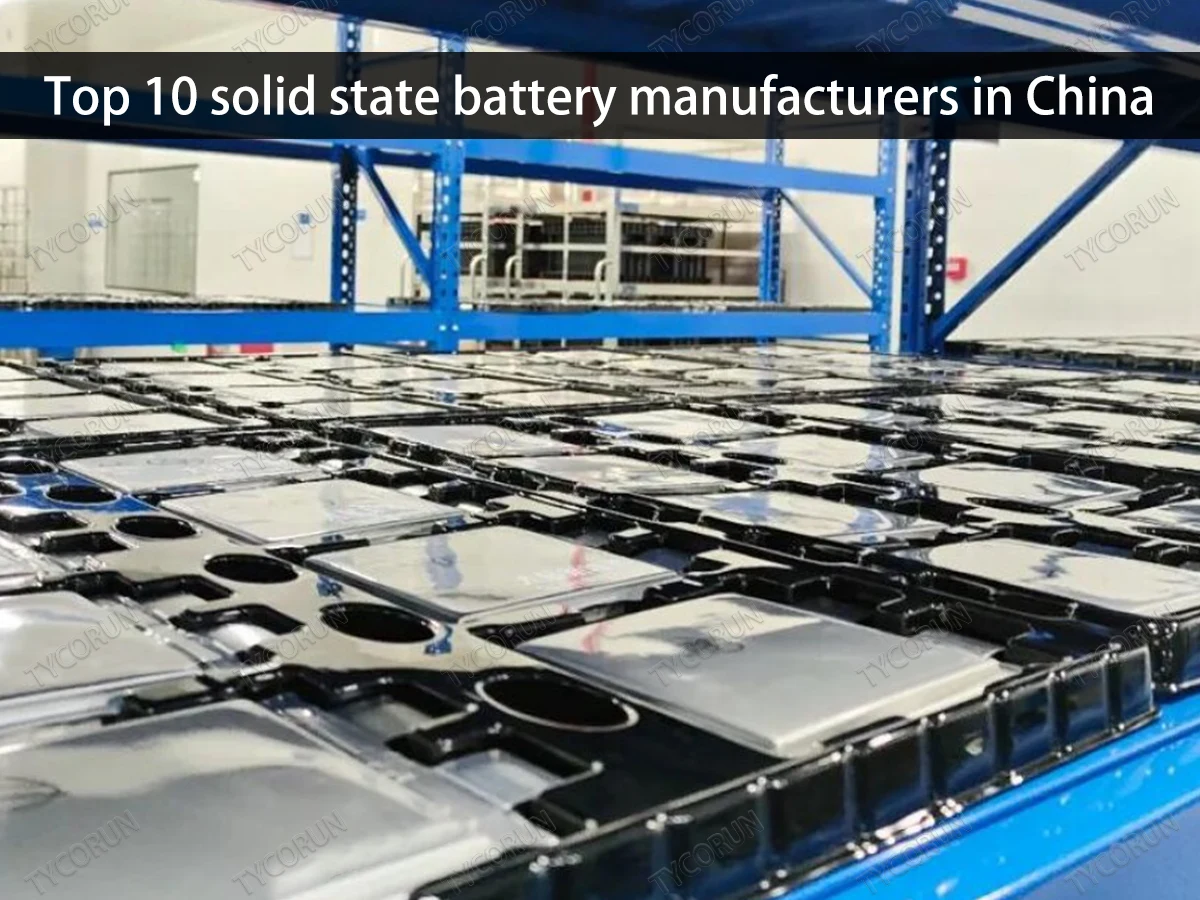Home » battery industry » Million mile battery – breaking through EV barrier
Million mile battery - breaking through EV barrier
OEMs and lithium battery manufacturers such as Tesla and CATL have been developing “million mile battery“, which are long-life batteries that can last more than 1 million miles. The battery lasts beyond the typical life of a vehicle, allowing it to power more than one vehicle before entering secondary use or recycling.
However, increased battery life also means higher costs in the early stages of the life cycle (e.g. R&D, raw materials, production). Will a million-mile battery be economically viable, and will OEMs and battery manufacturers be able to achieve higher profit margins compared to the battery business to date?

What is a million mile battery?

What are the advantages of a million mile battery?
From the perspective of electric vehicle transfer and circulation, million-mile batteries can help improve the value retention rate of electric vehicles. At present, electric vehicles have a low value retention rate and face great difficulties in the second-hand car market. The main reason is battery degradation.
Currently, when OEMs provide free lifetime battery warranties, they generally restrict consumers to first-time car owners (except for a few car companies such as BYD). This means that second-hand car owners cannot enjoy this service, which is not conducive to improving the value retention rate of electric vehicles.
Tesla’s million-mile battery can greatly extend the service life of batteries and electric vehicles, which means that the battery capacity will decline to a lower extent during the same use cycle. Even if it changes hands multiple times, it will not affect the normal use of the vehicle. Therefore, The value retention rate of products is expected to be greatly improved, and the second-hand car market is also expected to be activated.
From the perspective of tiered utilization, million-mile batteries are conducive to reducing the full life cycle cost of batteries. Batteries can be used or recycled after the first stage of their life cycle.
According to the state of the battery, it can be divided into three types: 1) batteries removed from new cars are used in lower-end models of Tesla itself or other car companies; 2) batteries that cannot be used again in the entire vehicle have undergone quality verification , can be used in fields such as ESS energy storage by Tesla or other companies; 3) The battery itself cannot be reused and the raw materials must be recycled and extracted. Compared with traditional batteries, because the life of a million-kilometer battery is long enough, it is feasible to use it in stages in the pure vehicle process, so it is expected to further reduce the full life cycle cost of the battery.
Speculations on the million mile battery
The following are predictions for the technology update direction of three million mile battery:
Single crystal ternary cathode material: The new process improves the cycle performance of the material and extends the battery life from three aspects: 1) The single crystallization of the cathode material itself can improve the cycle performance of the material; 2) Improve the particle purity of single crystal NCA to avoid The impact of impurities on material properties; 3) Reduce the degree of lithium and nickel mixing.
No-lug electrode: The non-lug electrode process mainly improves the cycle life and other performance of the battery from three aspects: 1) The current movement path is shortened and the internal resistance is reduced. 2) Significantly reduce the current offset phenomenon. 3) Heat production and heat dissipation capabilities are significantly improved.
New electrolyte additives: Tesla has applied for a number of patents on electrolyte additives and is committed to using as few additive formulas as possible to achieve the greatest possible improvement effect. 1) DTD: dual additive electrolyte system (VC+DTD or FEC+DTD) helps extend battery life; 2) ODTO: helps suppress gas production in high voltage environments; 3) FN: can significantly suppress gas production, improve production efficiency, and reduce production costs; 4) MDO/PDO/BS: PDO is the most promising and potential new additive among the three, and performs best in terms of capacity retention and voltage hysteresis.
What the million mile battery means to traditional battery manufacturers?
Despite the risks associated with the million-mile battery business, its upside potential is huge. In the “strong growth” market scenario, if the battery cost difference does not exceed $30/kWh, this business is expected to bring cumulative cash flow of more than $65 billion in 2050. We believe that million-mile batteries may pose a strategic threat to traditional battery companies.
Battery companies should not limit themselves to the automotive industry. If we face fierce competition from million-mile batteries in the future, we can explore the diversification of our products, markets, and customer portfolios, and consider expanding into other areas, such as stationary battery energy storage systems.
In addition, the shortage of raw materials for key systems of electric vehicles has always been a hot topic. Million-mile batteries can help alleviate the shortage of raw materials by being used in multiple vehicles, and OEMs with this technology can ensure the supply of raw materials through their own circular economy.
In the face of “million-mile batteries”, in order to maintain competitive battery supply, we provide OEMs with four suggestions:
- Ensure access to million mile battery technology through R&D, M&A or cooperation. A company’s rapid response to market dynamics is critical to the success of its business strategy.
- Pay attention to cost developments of traditional and new battery technologies. As the above analysis shows, the rise of the million-mile battery business depends largely on its cost difference compared with traditional batteries.
- Decision criteria should be developed for when to adopt new battery technologies (e.g. performance vs. durability). This strategic turn requires substantial changes in decision-making procedures and answers to key questions associated with them.
- Consider multiple business models related to batteries (e.g. BaaS – Batteries as a Service).


